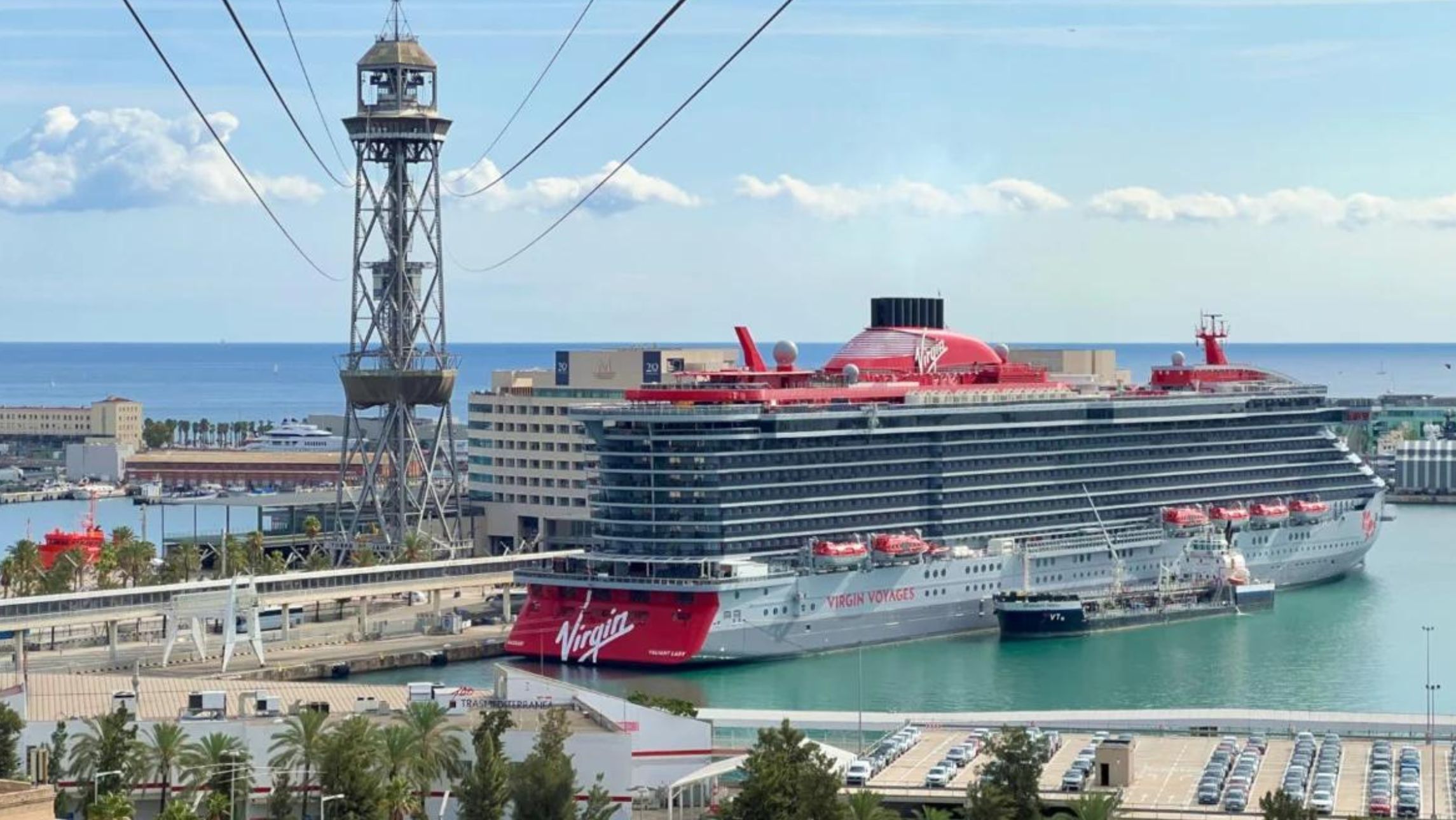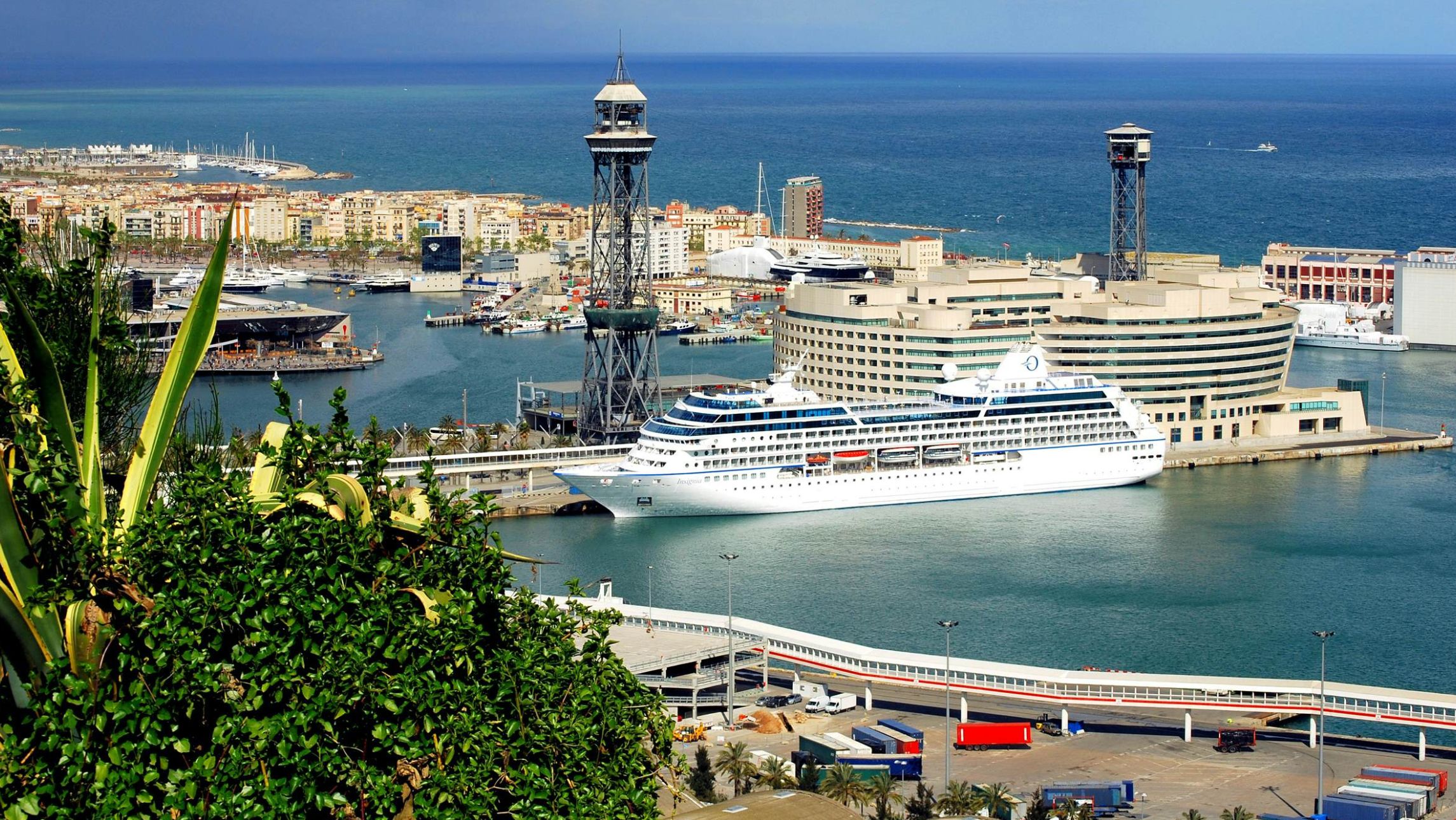Cruise lines are preparing to battle a new government tax on passengers designed to fund environmental measures.
The industry lobby group Cruise Lines International Australia (CLIA) sent out a warning this week that a new “biosecurity import levy” will drive up costs for both operators and passengers.
The levy, set to be implemented in July 1 this year, was first raised in the 2018 Budget and targeted freight vessels. But CLIA claims it was made aware that the levy could be extended to the cruise industry in January and has been holding talks.
Ministry of Agriculture and Water Resources gave Cruise Passenger a statement today confirming cruise ships were under consideration.
“The potential expansion of the levy to commercial vessels is one possible change the department has explored with industry to address stakeholder feedback,” said the statement.
How much is it?
CLIA says that the cost hasn’t been determined, but the possibilities raised have included charges per visit and/or by gross tonnage.
The levy is currently set at $10.02 per incoming twenty-foot equivalent sea container and $1 per tonne for non-containerised cargo.
If cruise vessels were to be charged by gross tonnage, a ship like Ovation of the Seas (168,666 tonnes) of could attract a levy of $168,666 at $1 a tonne.
If the cruise line was to pass on the levy to passengers in full, the levy could work out to be $34.38 per passenger when the 4905-guest ship is at full capacity.
Joel Katz, CLIA Australasia and Asia managing director says that the levy would disproportionately impact the cruise industry, which operates with more frequent port calls and often, larger vessels than other forms of shipping.
“Extending this new tax to the cruise industry has come as a complete surprise and without proper consultation,” said Joel Katz, CLIA Australasia and Asia managing director.
“There is no justification for hitting cruise lines with charges originally designed for freight,” Mr Katz said.
Why is it extended to cruises?
“Hitchhiking pests are a significant and costly threat to Australia and they can be found in or on the surface of vessels, not just in imported products,” said the Ministry spokesperson.
The Levy is estimated to raise $325 million over the three financial years from 2019 to 2020.
“Travellers are already taxed heavily through measures like the $60 Passenger Movement Charge, which is already used to fund passenger-related biosecurity activities,” Mr Katz said. “Australia’s Passenger Movement Charge is one of the most expensive passenger taxes in the world.
CLIA and 13 other shipping and business organisations have come together in a statement to urge the government to remove it from the 2019 budget as it is “significantly flawed”.









Just another tax grab by the Government. There is nothing “green” about it at all.
Another tax. For People trying to enjoy life before it ends used to be the lucky country it’s more about greed these days
Another money grabbing idea from the government , taxing people who save to go on cruises like there’s no tomorrow
Misleading title – it’s not about “green.”
Bio security exists at present and is part of border control eg preventing grubs and fire ants and diseases from entering.